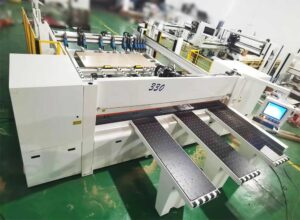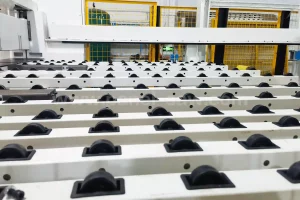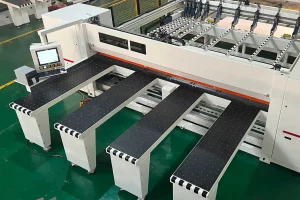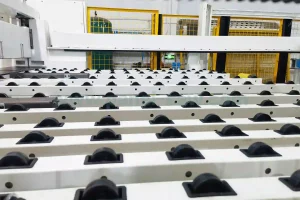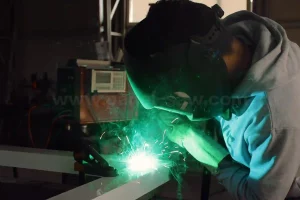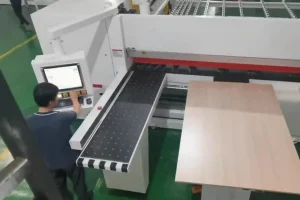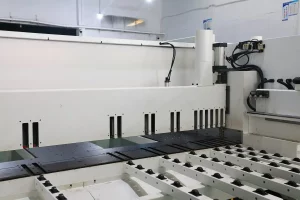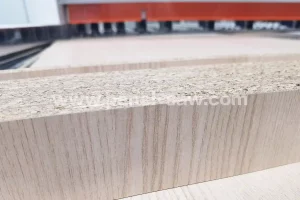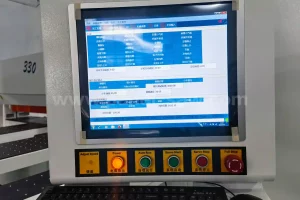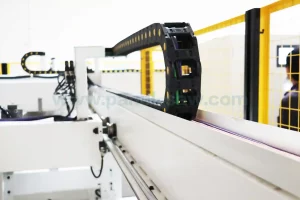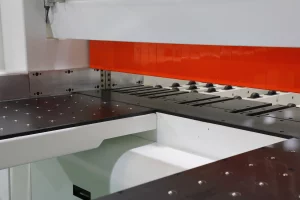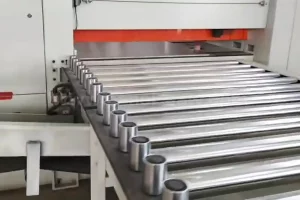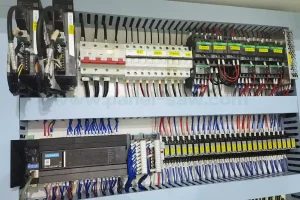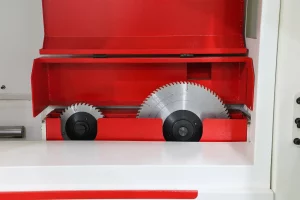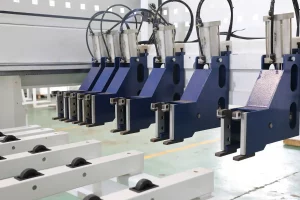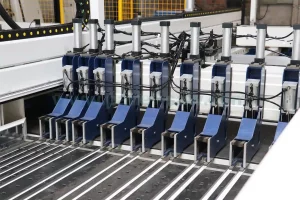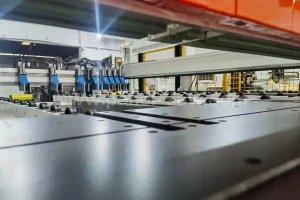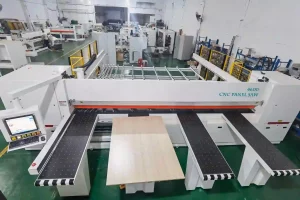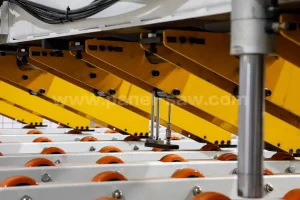
The Impact of Woodworking Beam Saws on Modern Carpentry
The woodworking beam saw, a versatile tool in the carpentry and woodworking arsenals, plays a pivotal role in shaping and processing dimensional lumber. Its primary function is to quickly and accurately cut beams and other large workpieces to desired lengths. This tool’s significance extends beyond its practical applications to influence the efficiency and precision of woodworking projects.
Understanding the Mechanics of a Woodworking Beam Saw
A woodworking beam saw is meticulously designed to handle large workpieces with efficiency and precision. The design features a large blade with a wide cutting capacity, allowing for efficient removal of material. The blade’s teeth are meticulously engineered to ensure clean and accurate cuts. The saw’s sturdy construction and balanced weight distribution ensure stability and control during operation.
The mechanics behind a woodworking beam saw involve a combination of blade material, thickness, and tooth pitch. High-quality blades made from carbide or bi-metal offer excellent cutting efficiency and resistance to wear and tear. Thicker blades provide greater stability and control, while wider tooth pitches result in smoother cuts.
Conclusion on Beam Saw Mechanics
In conclusion, understanding the mechanics of a woodworking beam saw is essential for maximizing its performance. The combination of high-quality materials and precise engineering ensures that these saws can deliver the clean, accurate cuts necessary for a wide range of woodworking projects.
Choosing the Right Woodworking Beam Saw for Your Projects
When selecting a woodworking beam saw, several factors must be considered to ensure optimal performance and longevity. The blade material is crucial in determining the saw’s cutting efficiency and durability. High-quality blades made from carbide or bi-metal offer superior performance. Additionally, the blade’s thickness and tooth pitch influence the quality of the cut, with thicker blades providing more stability and control.
The power source of a beam saw is another critical consideration. Gas-powered beam saws offer high power and torque, making them suitable for large and heavy workpieces. Electric beam saws provide convenience and ease of use, with variable speed controls to tailor the cutting speed to the material and project requirements.
Conclusion on Beam Saw Selection
In conclusion, choosing the right woodworking beam saw involves careful consideration of blade material, thickness, tooth pitch, and power source. By selecting a saw that meets these criteria, woodworkers can achieve superior performance and durability in their projects.
Safety Precautions When Operating a Woodworking Beam Saw
Proper safety precautions are essential when operating a woodworking beam saw to minimize the risk of injury. Wearing appropriate personal protective equipment (PPE) such as gloves, safety goggles, and a face mask is crucial. Additionally, ensuring that the work area is well-lit and free from clutter enhances safety.
Before making any cuts, it is vital to ensure that the beam saw is securely clamped or held in place. This stability prevents the saw from moving during operation, reducing the risk of accidents. Regular maintenance and inspection of the saw also contribute to safe operation by ensuring that all parts are functioning correctly.
Conclusion on Beam Saw Safety
In conclusion, adhering to safety precautions when operating a woodworking beam saw is paramount. By wearing appropriate PPE, maintaining a clean work area, and securing the saw, woodworkers can significantly reduce the risk of injury and ensure a safe working environment.
Applications and Impact of Woodworking Beam Saws
The woodworking beam saw’s ability to quickly and accurately cut beams and other large workpieces has made it an indispensable tool in various applications. From constructing buildings and bridges to manufacturing furniture and other woodworking products, this versatile tool has played a vital role in shaping the built environment.
The efficiency and precision of woodworking beam saws have revolutionized the woodworking process, allowing for greater productivity and cost savings. The ability to make precise cuts quickly reduces material waste and improves the overall quality of the finished product. This has led to significant advancements in construction and manufacturing, making these saws a crucial component of modern woodworking.
Conclusion on Beam Saw Applications
In conclusion, the woodworking beam saw’s versatility and efficiency have had a profound impact on the woodworking industry. By enabling precise and rapid cutting, these saws have transformed construction and manufacturing processes, leading to improved productivity and cost savings.
The woodworking beam saw is a versatile and essential tool in modern carpentry and woodworking. Understanding the mechanics, selecting the right saw, adhering to safety precautions, and recognizing the various applications of these saws are crucial for maximizing their benefits. With their ability to deliver precise, efficient cuts, woodworking beam saws have revolutionized the woodworking industry, driving advancements in productivity and quality.
FAQ
Q: What materials are woodworking beam saw blades typically made from?
A: Woodworking beam saw blades are typically made from high-quality materials such as carbide or bi-metal, which offer excellent cutting efficiency and durability.
Q: How do I choose the right woodworking beam saw for my project?
A: Consider factors such as blade material, thickness, tooth pitch, and power source. Gas-powered saws offer high power, while electric saws provide convenience and variable speed controls.
Q: What safety precautions should I take when using a woodworking beam saw?
A: Wear appropriate PPE such as gloves, safety goggles, and a face mask. Ensure the work area is well-lit and free from clutter, and secure the saw before making cuts.
Q: What are some common applications of woodworking beam saws?
A: Woodworking beam saws are used in constructing buildings and bridges, manufacturing furniture, and producing various woodworking products. Their precision and efficiency make them suitable for a wide range of projects.
Q: How do woodworking beam saws improve productivity?
A: These saws enable rapid and precise cuts, reducing material waste and improving the overall quality of the finished product. This leads to greater productivity and cost savings in woodworking projects.
By understanding these aspects, woodworkers can fully leverage the capabilities of woodworking beam saws to enhance their projects and achieve exceptional results.

